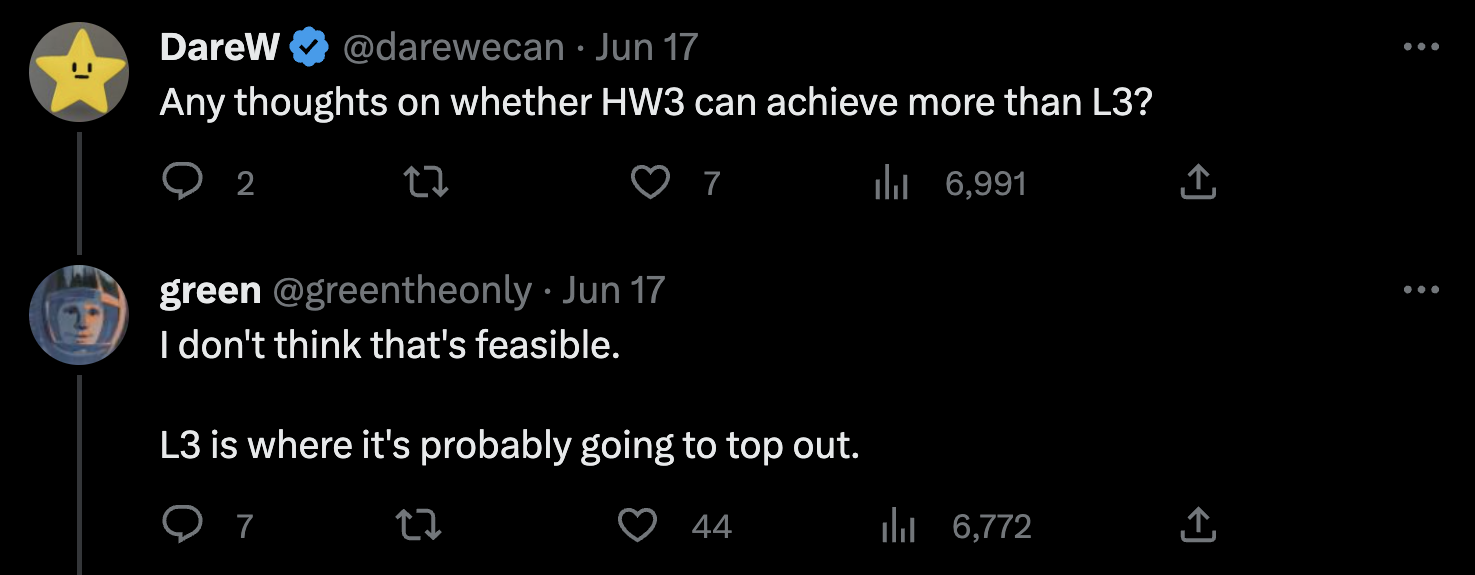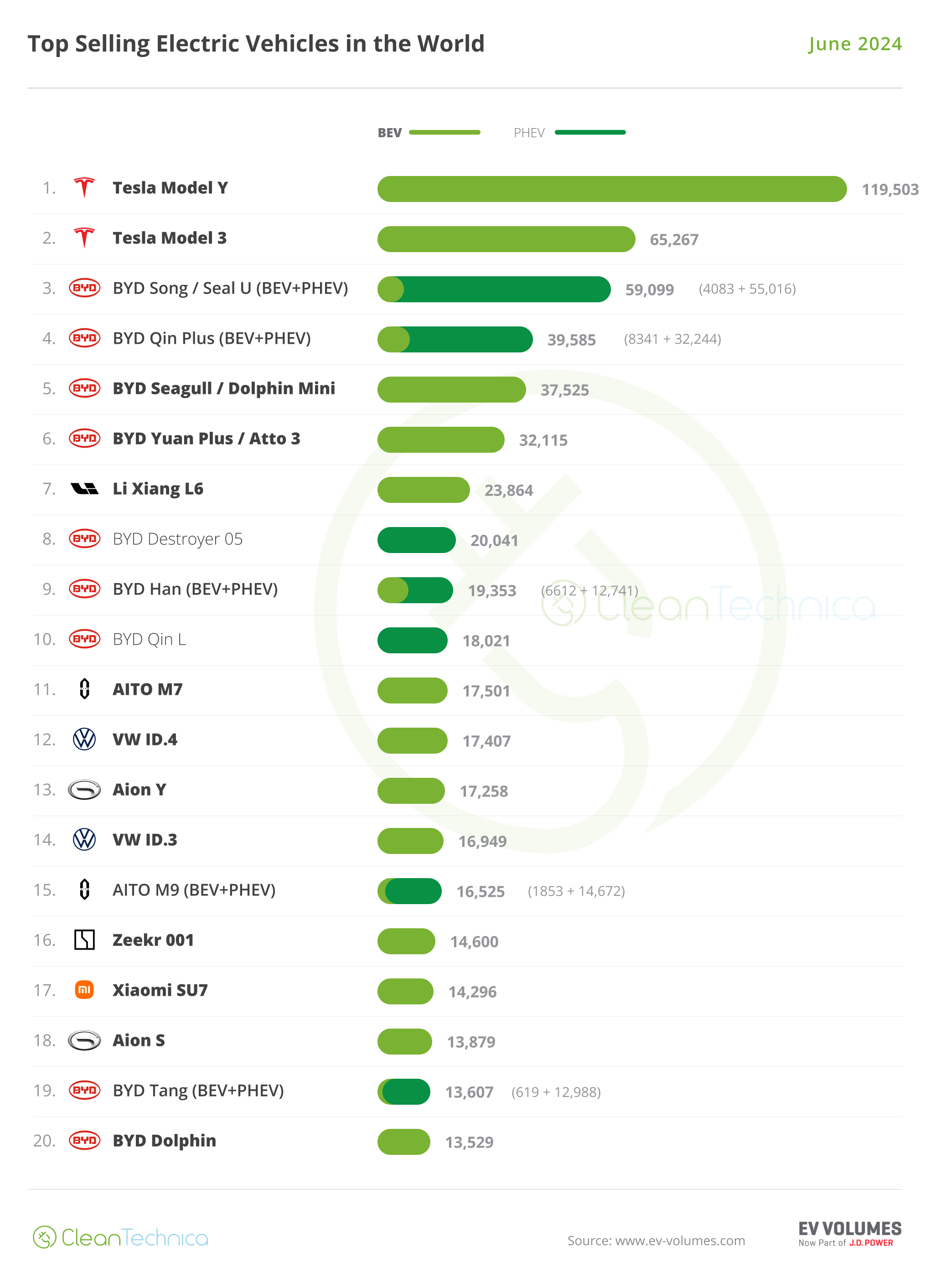
There are a number of things about Tesla Full Self Driving (FSD) Beta that are not exactly natural or enjoyable. That may depend on your driving style — some say it works great, others can’t stand using it for 5 minutes. Apparently, though, Tesla CEO Elon Musk himself finds some FSD Beta tendencies annoying, and he has his own “Elon Mode” version of the software to change a few things that must bother him. At least, that’s how I’m reading the latest insights into hidden Tesla Autopilot/FSD code.
“Elon Mode” was discovered by a famous white hat hacker who goes by the name “Green” (@greentheonly on Twitter). In the past, Green has uncovered a large variety of features and updates for Tesla cars before those features and updates were announced or implemented. He’s been a top source of info about what’s coming, or about what exists that is hidden a bit beneath the surface. This appears to be one of those times, but it’s not exactly like the others, and it may not be as revealing as one would think at first glance.
So, what exactly is “Elon Mode?” That’s what one person asked after Green’s first tweet regarding his recent experience driving with it. Green responded, “It’s a special [Autopilot] mode where there are no nags. The braking is less intense and probably some other changes under the hood I did not fully explore.”
After driving 600 miles on Elon Mode with version 11.4.3 of the Tesla software, Green had a handful of observations to share. His first observation, referencing previous testing, was: “It went much better than the prior experiment obviously.” He added: “Many contributing factors. I was not as late so I did not mind as much (still ended up 5 minutes late solely because of FSD foolishness). So I was more tolerant towards the constant flow of cars passing me on the right and merging in front of me. It also helped that I did not need to watch for the dreaded nag.” Green then added that after the long drive, he had plenty of time to think about FSD/Autopilot, and these were his thoughts:
“If the car did not need my attention — I’d just plan for late arrival as much as possible and don’t care of many of the current very annoying deficiencies. They are only this annoying because I actually have to watch the car and so I notice them, as they greatly diverge from my driving style. This also explains the barrage of people that claim the car works very good and they are happy — perhaps they like to drive slow, content with random lane changes and such. If I was just reading some book/website — I’d not notice.” This is a good point, and something I’ve wondered about a few times — would I think FSD was much better if I didn’t have to pay attention to it, if it was good enough to at least not risk getting me into a wreck? The differences in driving style surely wouldn’t bother me as much, and that would make a big difference. However, part of the problem is that it really can’t be left to itself yet — it does too many crazy and dangerous things.
Also noteworthy is that Green was just using this on the highway and says that’s the only use he’s interested in using it for. He doesn’t feel a need to use something like this for short trips in the city, and he has long concluded that Tesla is not reaching robotaxi capability anytime soon.
All of that said, if Tesla can inch highway FSD/Autopilot to “Level 3” (where the driver doesn’t have to pay attention to the road, legally or otherwise), Green thinks it could be worth the $15,000 that Tesla is charging. Here are his words, his update on the technology from this latest experience using it:
“And the performance on divided highways with this in mind is decent. There’s a very nonzero chance the car can navigate any two points on highway (that don’t need charging) in between with zero input needed. Obviously I don’t have Tesla side statistics, but if they offer this as L3 where I don’t need to pay attention — it would be a solid deal at $15k. Majority of problems I met were mostly due to shortsightedness of the stack resulting in unnecessary lane changes. If you let the car do it freely, road rage from others would be a real concern. Or the opposite problem when clearly yo need to change a lane to pass a slow car that is in front of you yet it never happens. And the ‘oh there’s a car in adjacent lane, and we cannot pass it, so slow down’ — met a few cars like this, not sure what made them this unique.”
My big takeaway? Well, I guess it’s just that it hasn’t changed my opinion on FSD much. I don’t see much improvement from my end, and “Elon Mode” seems like it makes some minor adjustments to make it easier to use FSD without having to intervene, but there are clear reasons why that’s not public. It would be deemed unsafe by many, others would abuse the freedom to ignore the road (and some of them would end up with very big problems as a result), and using this mode leads to more forward collision warnings because it is less cautious and then gets too close to slow or stopped traffic ahead. I don’t know if I’d like that more or less than all the extra braking/sensitivity that public FSD currently has.
I’d be much more curious how Elon Mode diverges from normal FSD Beta in city driving. Highway driving is quite straightforward and simple. Unfortunately, since Green doesn’t use it in the city, we don’t have any extra insights into the differences there.
Any other thoughts?
Sign up for daily news updates from CleanTechnica on email. Or follow us on Google News!
Have a tip for CleanTechnica, want to advertise, or want to suggest a guest for our CleanTech Talk podcast? Contact us here.
Former Tesla Battery Expert Leading Lyten Into New Lithium-Sulfur Battery Era — Podcast:
I don’t like paywalls. You don’t like paywalls. Who likes paywalls? Here at CleanTechnica, we implemented a limited paywall for a while, but it always felt wrong — and it was always tough to decide what we should put behind there. In theory, your most exclusive and best content goes behind a paywall. But then fewer people read it! We just don’t like paywalls, and so we’ve decided to ditch ours. Unfortunately, the media business is still a tough, cut-throat business with tiny margins. It’s a never-ending Olympic challenge to stay above water or even perhaps — gasp — grow. So …









